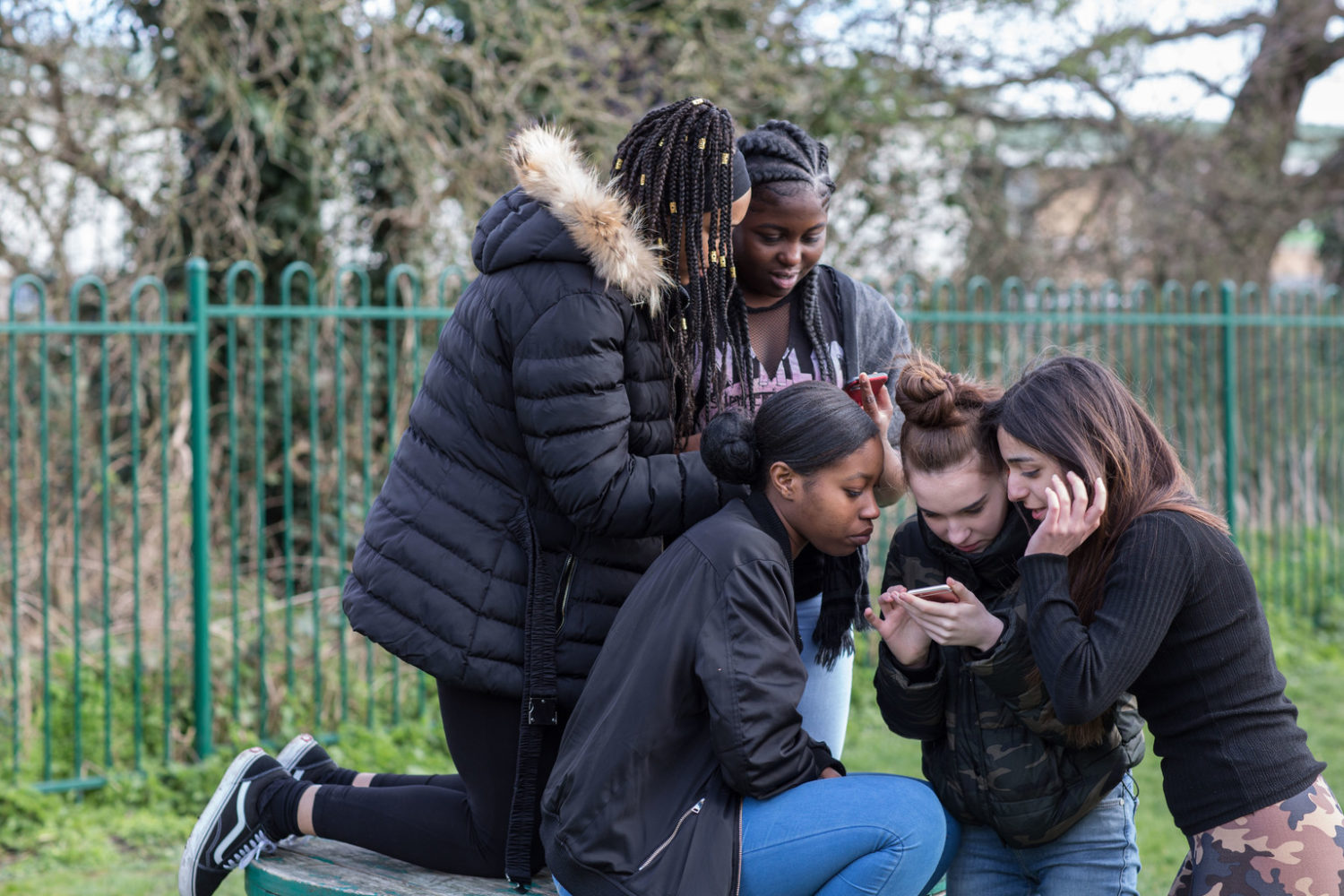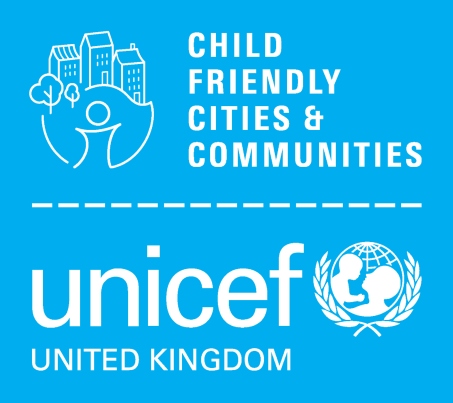
Barriers and Inclusivity
There are several barriers to be aware of when designing digital engagement sessions with children and young people.
Not everyone has equal access to online spaces; some are at home without a digital device or reliable access to the internet.
Communities need to understand their own ‘digital divide’. This means getting a sense of who does and does not have access to the internet. Wherever possible, efforts should be made to ensure that children can access the internet in a safe and supported way .
Many children and young people share digital devices, or have limited data access. Sessions should therefore be scheduled at a time where everyone can access their devices, with consideration for how much time participants can spend online.
This report from the The Carnegie UK Trust explores the challenge of digital access for children and young people and includes examples of successful digital inclusion.
The Department for Education has published guidance on supporting digital access for children and young people locally.
Younger children or children with communication difficulties may find it more challenging to engage with others online. This can be because:
- they feel overwhelmed when navigating online tools;
- they find it difficult to read or process information;
- they are under the age of 13, and cannot legally use social media.
To address this, consider:
- which platforms support younger children, or those with additional support needs;
- who is going to support them to stay safe;
- ways to use child-friendly language, illustrations, and symbols to make sure information and shared online spaces feel welcoming and accessible for all.
Helpful resources include Mind Of My Own‘s apps, which help young people communicate their views in a way that suits them, with adaptations for much younger children.
Often information is not available in formats such as minority languages or sign language, making it difficult for everyone to access information or take part in online discussion equally.
This could be resolved through involving translators, closed captioning or screen readers.
Helpful resources include Action for Happiness‘s calendar for children and young people in a range of languages, with actions to help them stay calm.
Sometimes assumptions are made about young people being ‘digital natives’, assuming they have the skills, confidence and capacity to engage digitally without support.
While many children and young people are highly digitally skilled, supporting adults need to consider that many will need guidance during sessions to navigate the internet in a safe and effective way.
Some children may have had negative and harmful experiences online, and may therefore find using video platforms triggering. Offer use of an alternative multimedia app or voice call platform that does not use video.
For further information on staying safe online, see our resources on risk assessments and reporting concerns.
The amount of screen time that children and young people are exposed to has a direct impact on their overall wellbeing.
Explore the option of activities that can be done in real life, then shared digitally.
The online tool Mind Yer Time includes information on healthy online behaviour. It covers topics such as body positivity, social media’s impact on relationships and managing data online.


